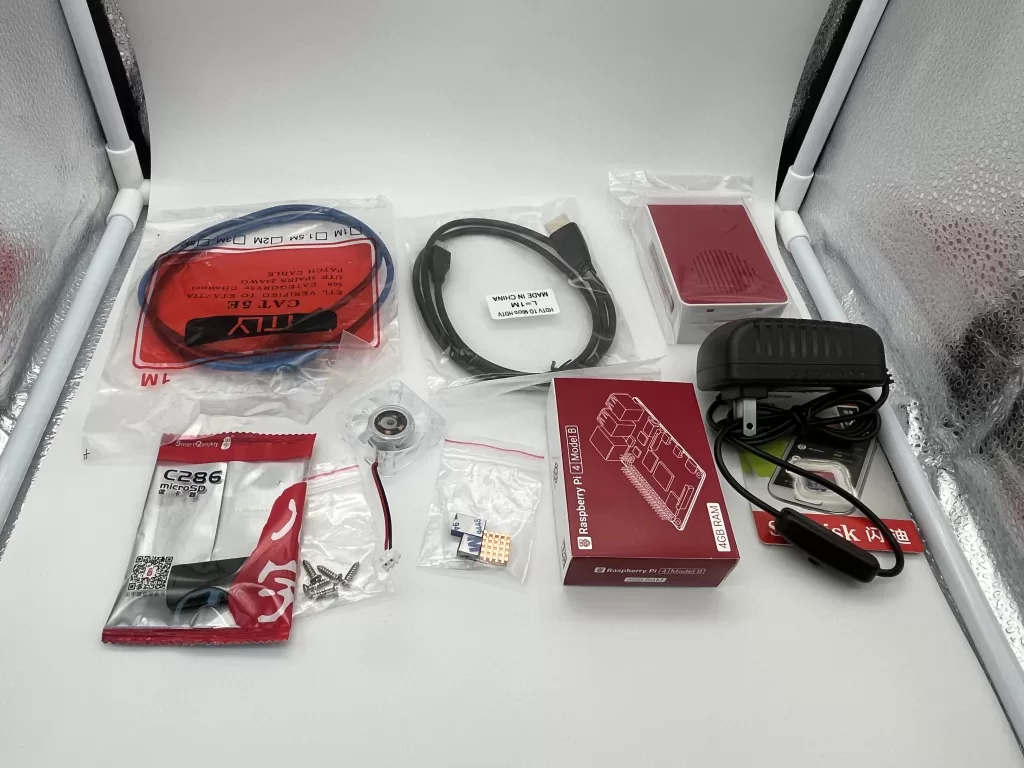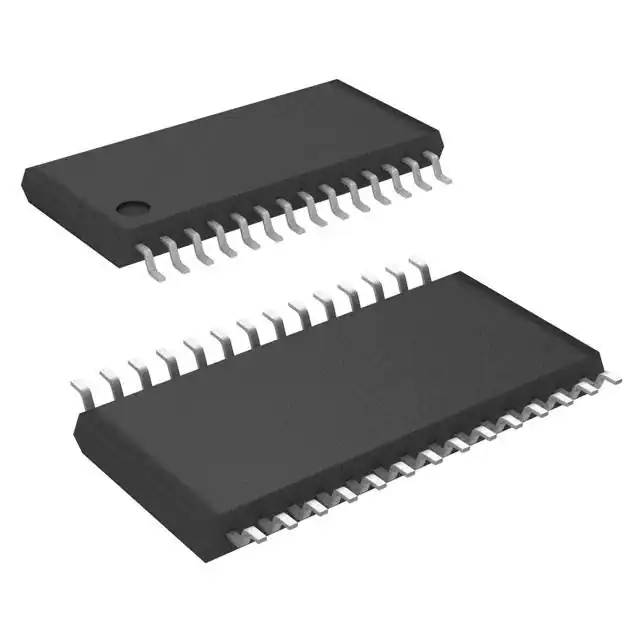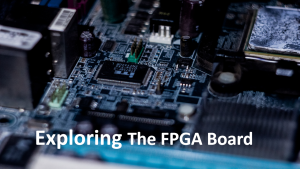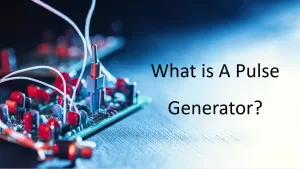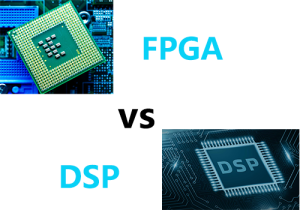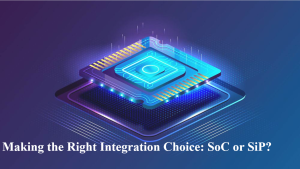FPGA boards have significantly transformed the digital hardware design and development industry. With their unparalleled flexibility, performance, ...
View detailsPhotodiode vs LED: What’s the Difference?
In this blog, we will explore the fundamental differences between photodiodes and LEDs, their respective functionalities, applications, and significance in various industries.
What Photodiode means?
A photodiode is a semiconductor device that converts light into an electrical current. When light reaches the photodiode, it produces an electric current since it is operating in reverse bias. The internal photoelectric effect, which is the basis for this process, is the process by which light photons are absorbed by semiconductor materials to produce electron-hole pairs that aid in current flow.

What Do Photodiodes Do?
The main purpose of photodiodes is to convert light energy into electrical current. The detection, measurement, and use of light in various technological applications are made possible by this conversion process. Photodiodes are essential for converting light into useful electrical signals, whether they are used for ambient light sensing in consumer devices or for capturing fine details in scientific imaging systems.
What is an LED?
A Light-Emitting Diode (LED) is a semiconductor device that emits light when an electric current passes through it. It functions according to the electroluminescence principle, which states that visible light is produced when photons are released from semiconductor material as a result of electron mobility. LEDs are renowned for producing light at a variety of wavelengths, being long-lasting, and being energy-efficient.

When Was LED Invented?
Scientist Nick Holonyak Jr. of General Electric created the first usable LED in 1962. A crucial turning point in the advancement of solid-state lighting technology was reached by Holonyak with the invention of the red LED. As a result of further developments in semiconductor materials and production techniques, LEDs are now widely used in a wide range of lighting and display applications, completely changing how we communicate visual information and light up our environment.
Video related to Photodiode vs LED
How do Photodiodes work?
The internal photoelectric effect is the basis for photodiode operation. Electron-hole pairs are produced in the semiconductor material of the photodiode when photons with enough energy impact it. The photoelectric effect is the name given to this process. As a result of the produced electron-hole pairs, the photodiode's internal electric field leads the electrons to flow toward the positive terminal and the holes toward the negative terminal, producing a photocurrent. Because the photocurrent is precisely correlated with the incident light's intensity, the photodiode can be used in solar cells, optical communication, light sensing, and other applications where light needs to be converted into electrical signals.
How LED Works?
LEDs work by generating light through the flow of electrons through a semiconductor substance. Electrons and holes within the semiconductor recombine when a forward voltage is provided to the LED, producing energy in the form of photons. The wavelength and color of light emitted from an LED are determined by the particular semiconductor materials and dopants utilized in the device. LEDs can now deliver controlled and efficient light output for a variety of applications thanks to this approach.
How to Reset LED Lights?
Resetting LED lights typically involves a simple process:
- Cut the Power: To begin, cut the electricity to the LED lights. You can accomplish this by unplugging the lights or turning off the power source.
- Hold Off for a Short While: Let the LED lights run without electricity for a short while. This aids in clearing any transient problems and resetting the internal circuitry.
- Turn on the Power: Turn on the power again after a little interval of time. Replugging the lights or turning on the power source will accomplish this.
You can reset LED lights and maybe fix any problems they might be having by following these procedures. Seeking professional assistance or consulting the manufacturer's instructions may be essential if the issue continues.
Where Are Photodiodes Used?
- Light Sensing: Photodiodes are employed in light-sensing devices like light meters in cameras, automatic lighting controls, and ambient light sensors in electronic gadgets.
- Optical Communication: Photodiodes are employed in fiber optic communication systems to transform optical impulses into electrical signals that are then used for data transmission and reception.
- Medical Devices: Photodiodes are used in medical devices for several diagnostic purposes, including the non-invasive detection of blood oxygen levels (pulse oximetry).
- Solar Cells: Photodiodes, which transform light energy into electrical energy for power generation, are an essential part of solar cells.
- Industrial Automation: Photodiodes are used in industrial automation to perform functions including position sensing, barcode scanning, and object detection.
Where LED is Used?
- Lighting: Because LEDs are long-lasting and energy-efficient, they are frequently utilized for general lighting in homes, workplaces, outdoor areas, and automobiles.
- Display and Signage: Because LEDs can provide vivid, bright colors, they are employed in digital billboards, electronic displays, and signage.
- Consumer Electronics: A vast array of consumer electronics, such as televisions, computer monitors, smartphones, and indicator lights on different gadgets, are equipped with LEDs.
- Vehicle illumination: Owing to its longevity and energy economy, LEDs are utilized in headlights, taillights, brake lights, and interior illumination in automobiles.
- Backlighting: LEDs are utilized in LCDs, including those seen in computer monitors, instrument panels, and televisions, to provide backlighting.
- Decorative Lighting: Because of their adaptability and range of colors, LEDs are utilized for decorative lighting in landscape lighting, architectural illumination, and holiday lighting.
Conclusion
In conclusion, the contrast between LEDs and photodiodes demonstrates the differences in their uses, capabilities, and contributions to contemporary technology. Photodiodes are excellent at detecting and measuring light, but LEDs are well known for their ability to emit light, which has revolutionized lighting and display technologies. Gaining an understanding of the distinctions and special qualities between photodiodes and LEDs is crucial to maximizing their potential in developing a variety of sectors and meeting the changing demands of society.
Ella
Ella is a skilled embedded systems engineer with experience in PCB design and microcontroller programming. She is committed to following the most recent developments in the field and is constantly seeking for ways to apply them to her work.
WEW ALL POSTS BYElla-
Exploring The FPGA Board 259
-
What is A Pulse Generator? 325
In this blog, we will explore the basic knowledge of pulse generator step by step.
View details -
Solid State Relays vs Electromechanical Relays: A Comprehensive Comparison 163
In this blog, we will delve into a comprehensive comparison of Solid State Relays and Electromechanical Relays, exploring their functionalities, ad...
View details -
FPGA vs. DSP: What are the differences between them 422
This article is going to make detailed information about FPGA and DSP, and interpret the differences between them.
View details -
The Ultimate Guide to Alternators: Keeping Your Car Charged Up 21
In this blog, we will dive deep into everything alternator-related, from understanding its function to troubleshooting common issues.
View details -
Making the Right Integration Choice: SoC or SiP? 370
When it comes to packaging multiple components into a single unit, the choice between System-on-Chip (SoC) and System-in-Package (SiP) can have a s...
View details
 Ampheo Electronics
Ampheo Electronics